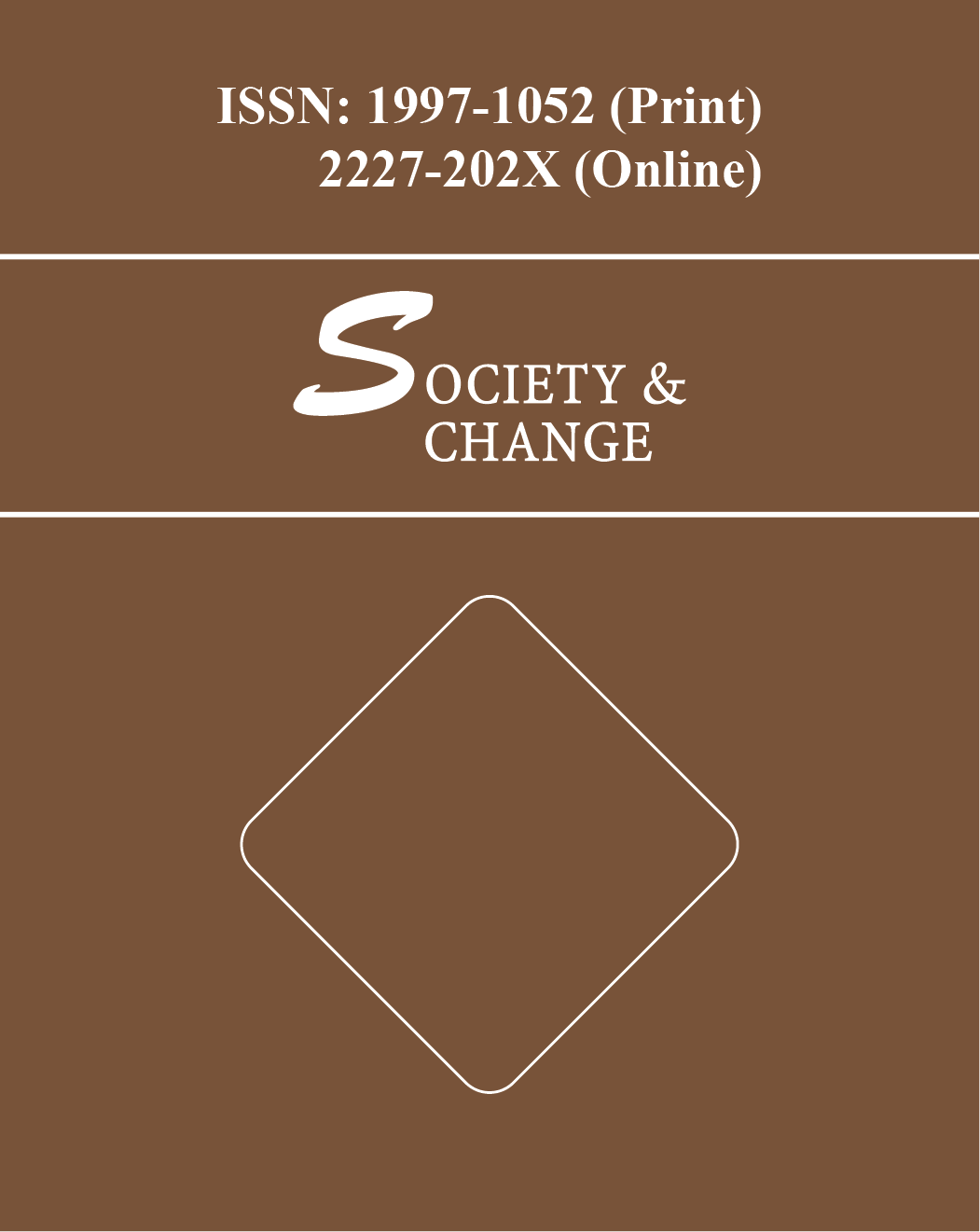In an urban-setup, constructions of high-rise buildings are a great concern as it directly contributes to socio-economic and environmental purview of the country. Meantime, a wide range of sustainable practices can be applied indifferent stages of construction including planning, designing, procurement and implementation. In order to pave the way to implement Sustainable Development Goals (SDGs), green building rating system was introduced by National Green Building Council of Sri Lanka in 2002. The rating system consist of total points of 100 and required minimum points for green building certification is 40%. Sustainable sites category includes 25% of total 100 points in green building rating system. The current practices related to sustainable site selection was investigated in five major high-rise buildings construction sites in Colombo. Two construction sites could not earn single point as it did not fulfill the prerequisites of the site section of the other three sites earned points 20, 19, 18 respectively out of 25 points. It was noted, that due to the negligence for the sustainable site selection, eligibility for obtaining the green building certification has been lowered. The minimum number of points required to obtain the green building certification is 40 points. Therefore, selected buildings which are on construction stage have higher chances of achieving the green certification by collecting points from the other criteria as well. Sustainable sites category of green building rating system supports to achieve silver, gold and platinum awards with a significant contribution. The contribution of sustainable construction and green building concept to achieving sustainable development is identified throughout this research.



 INSEARCH 2025: 10th International Integrative Research Conference on Governance in Society, Business and Environment
INSEARCH 2025: 10th International Integrative Research Conference on Governance in Society, Business and Environment